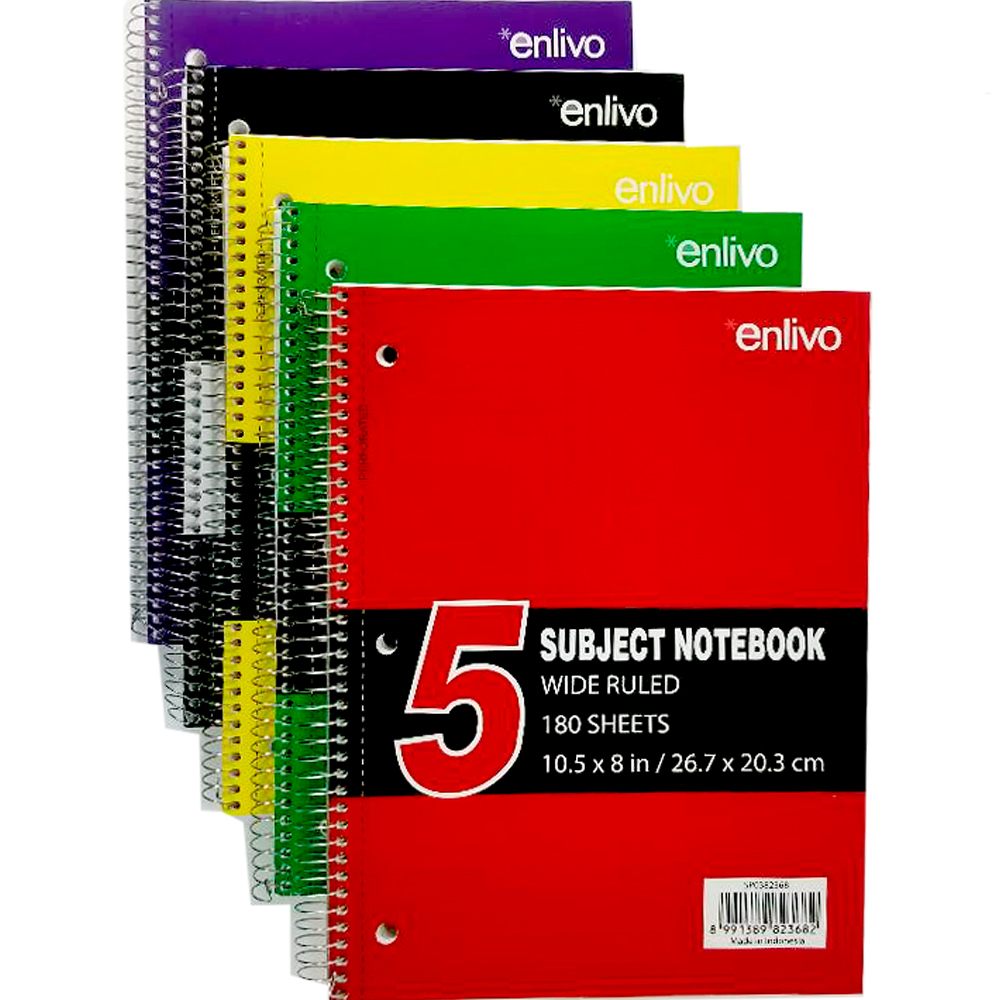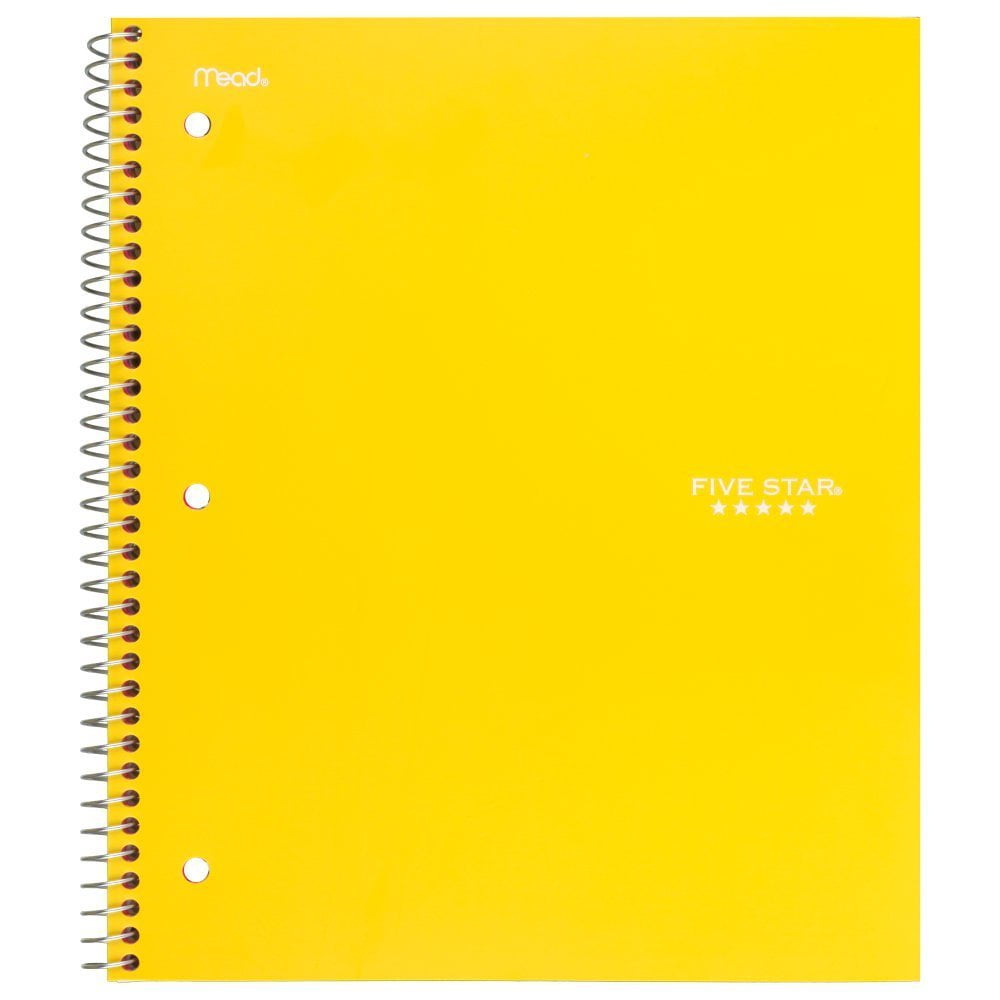


Resist the urge to make this more complicated than it needs to be.In fact, I can more easily keep my finger on the pulse of where each of my kids are in their different subjects. I can tell if a Latin assignment is taking her longer than usual, or if she’s flying through it in her sleep. Writing each assignment out by hand means that I’m staying connected with where she is in every subject.

If she made a lot of errors, the next day’s assignment will likely be “Watch lesson 14 one more time and make corrections to yesterday’s assignment.” The box after the assignment means that I need to check it off for her to really be “done” for the day. See that box before the math assignment? That’s what this child checks off when she’s done. Instead of just giving an assignment that says “do the next math assignment,” it says “do lesson 14.” It’s harder to make the space when you’re writing it out by hand.Īlso, writing it out means I’m constantly in touch with where each child is in each of his or her subjects. It’s so easy to just pop in one more assignment on a spreadsheet on your computer. When I’m writing my 13-year-old’s assignments out, I can tell that I’m giving her too much work when it’s taking me a while to write or the paper is filling up. “Why should I write it out when I could just print out a checklist?”īecause something about the act of writing it out by hand triggers the brain to engage. If I really can’t carve out ten minutes to do this, I skip sweeping the floor, folding the laundry, or checking Facebook, and I do this instead. It literally takes me ten minutes (max) to look at the spreadsheet and write down the assignments for all three of my school-agers. I spent a little time making a master spreadsheet of assignments and how frequently I want each thing tackled, and I use that as a quick reference. Something like this, right?: “I don’t have time to write down assignments each night.” I know what you’re thinking (I was thinking the same thing). She’s not so far removed that she forgets just how hard it was, but she’s got this end-of-the-homeschooling-road wisdom and insight that I just crave to learn from. Sheila homeschooled her three kids into adulthood and they are just some of the most fantastic kids you’ll ever meet. “How’s it going?” she asked with a smile. Our school day was feeling it.Īfter church, I moseyed out to the foyer and gave my friend Sheila a big hug. Twin toddlers change everything! Add a 2-year-old to the mix and things can get downright disastrous by 10 am, let me tell you.

In my head, I was finagling how we could possibly combine subjects or weed something out and do less in order to make the school day work.Įven though I had pared back and simplified as much as possible, we were still struggling to hit those most important subjects. Here’s what happenedĮarly in December, I was at church, trying to keep my mind focused- it kept drifting off to schoolwork. Why haven’t you done this all along?” like I said to myself when my friend first showed me how it’s done. I’ll tell you all about it, and then you have every right to say, “Of course, Sarah. I love finding ways to simplify homeschooling, and this method really takes the cake. Back to the homeschooling grindstone already? Ay yi yi! Doesn’t it feel too soon? I’m not feeling quite as fly-by-the-seat as I often do after a break, though, because I’ve got a new system for keeping track of school assignments, and it’s rocking my world.


 0 kommentar(er)
0 kommentar(er)
